PTFE (Polytetrafluoroethylene) and PVDF (Polyvinylidene fluoride) are both high-performance fluoropolymer plastics with excellent chemical resistance and thermal stability. However, despite their similarities, they have distinct differences in terms of properties, uses, and performance. Let’s compare PTFE and PVDF in detail.
The Difference Between PTFE and PVDF in Chemical Resistance
PTFE is renowned for its superior chemical resistance, offering almost complete protection against a wide range of aggressive chemicals, including acids, bases, and solvents. It is considered one of the most chemically inert materials available. PVDF, while also highly resistant to chemicals, has slightly lower resistance than PTFE. It can handle a broad spectrum of chemicals, but under certain extreme conditions, PTFE would perform better. PVDF is still a very strong material for applications involving corrosive chemicals, making it a popular choice in industries like chemicals and pharmaceuticals.
The Difference Between PTFE and PVDF in Temperature Resistance
Both PTFE and PVDF have excellent temperature stability, but PTFE has a wider operational temperature range. PTFE can handle temperatures from -200°C to 260°C (-328°F to 500°F), while PVDF typically operates between -40°C to 150°C (-40°F to 302°F). As a result, PTFE is often used in more extreme temperature environments where higher heat resistance is necessary.
The Difference Between PTFE and PVDF in Mechanical Properties
PTFE is softer and more flexible than PVDF, making it ideal for applications requiring low friction and high lubricity, such as in seals and gaskets. PVDF, on the other hand, is more rigid and has better mechanical strength, making it suitable for structural components like piping, valves, and fittings.
The Difference Between PTFE and PVDF in Electrical Properties
PTFE has excellent dielectric properties, making it ideal for use in high-frequency electrical applications, including wiring insulation. PVDF also has good electrical insulating properties but is less effective in high-frequency applications compared to PTFE.
Conclusion: The Difference Between PTFE and PVDF
While PTFE and PVDF are both strong, durable fluoropolymers, PTFE stands out for its superior chemical resistance, temperature range, and flexibility. PVDF, on the other hand, offers higher mechanical strength and is often preferred for industrial applications where rigidity is key. The choice between PTFE and PVDF depends on the specific requirements of the application.
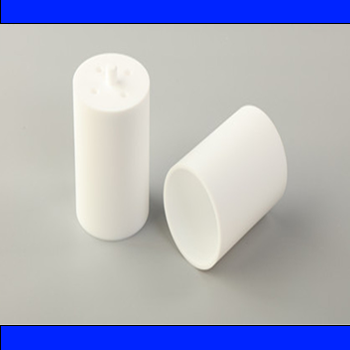
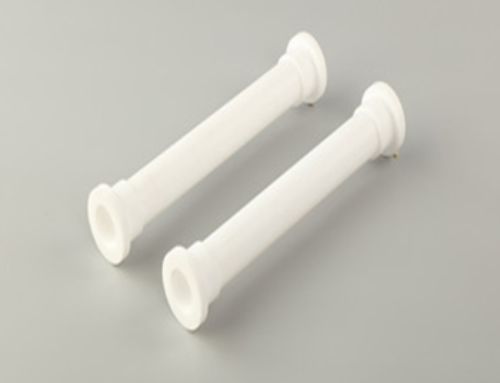
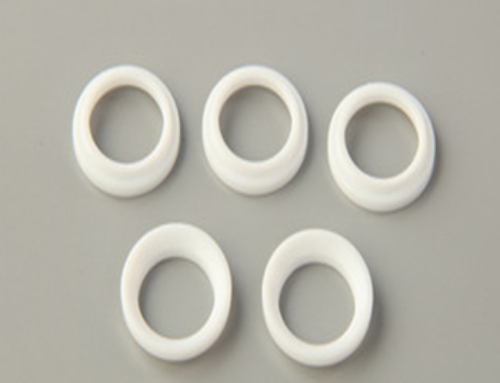
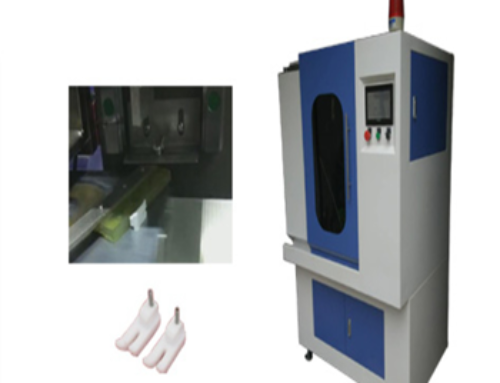
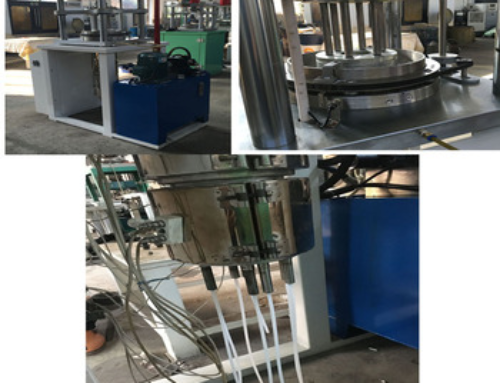
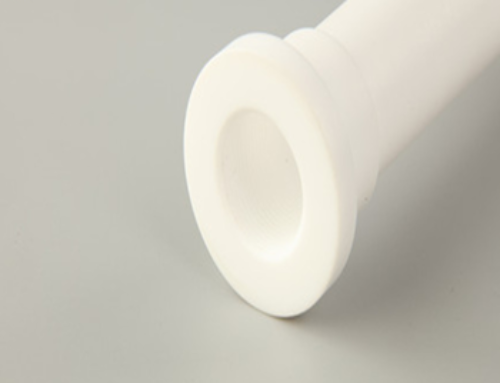

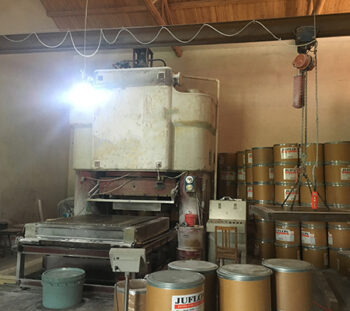
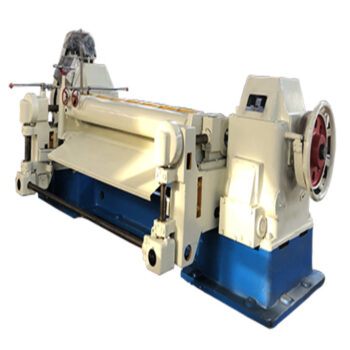
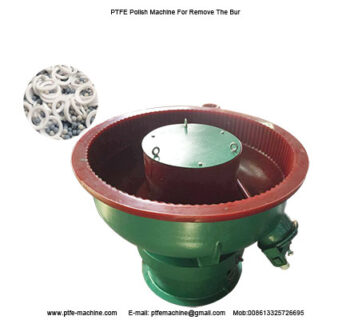
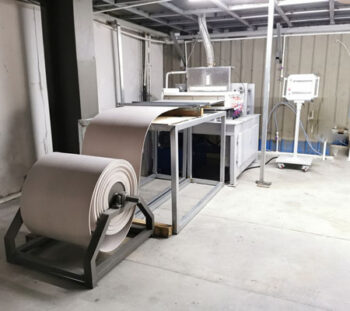
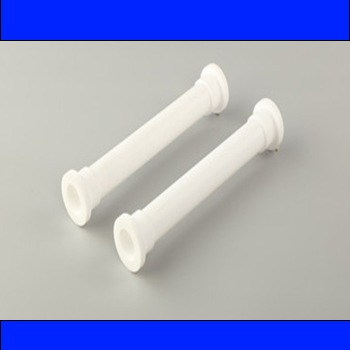

Leave A Comment
You must be logged in to post a comment.